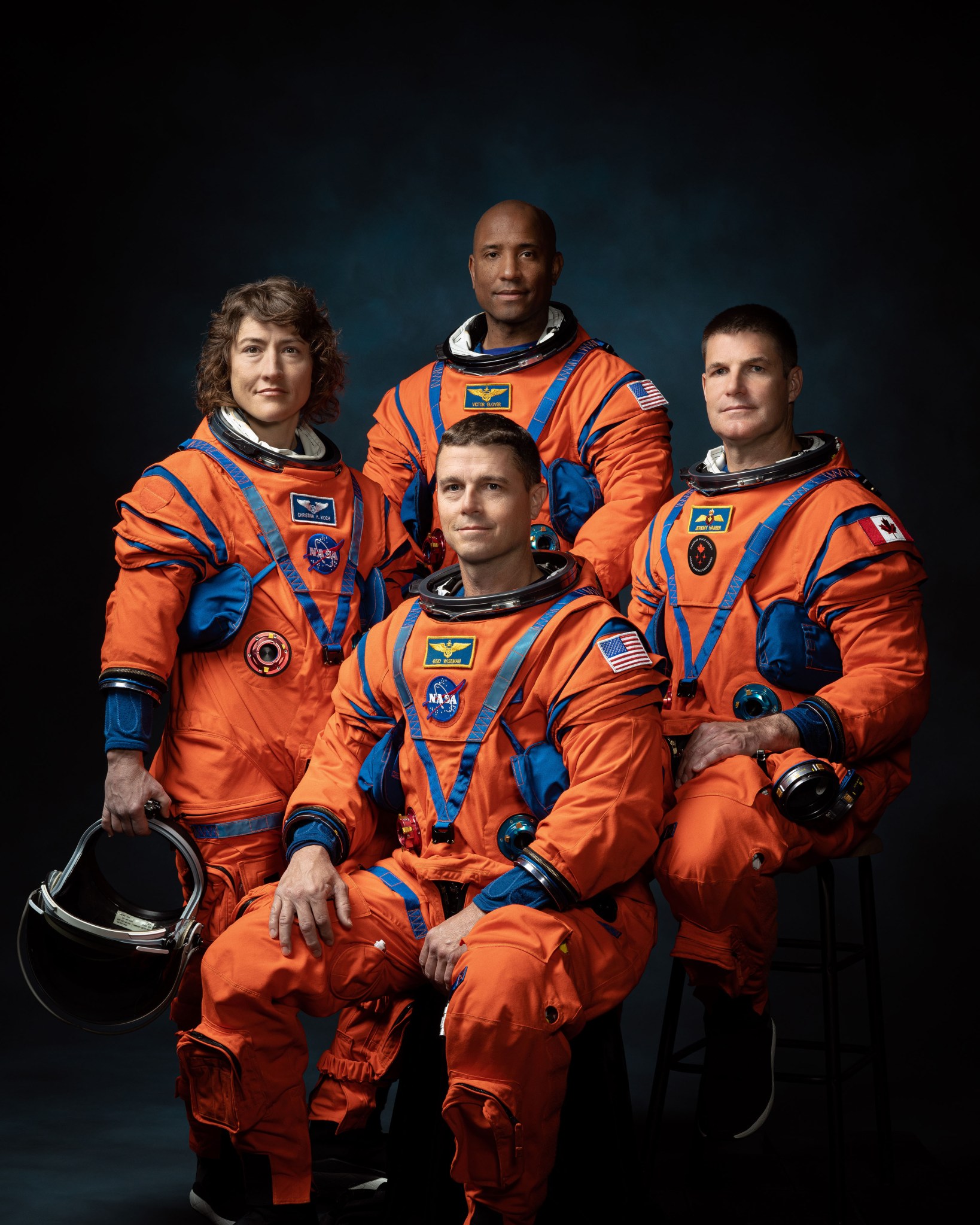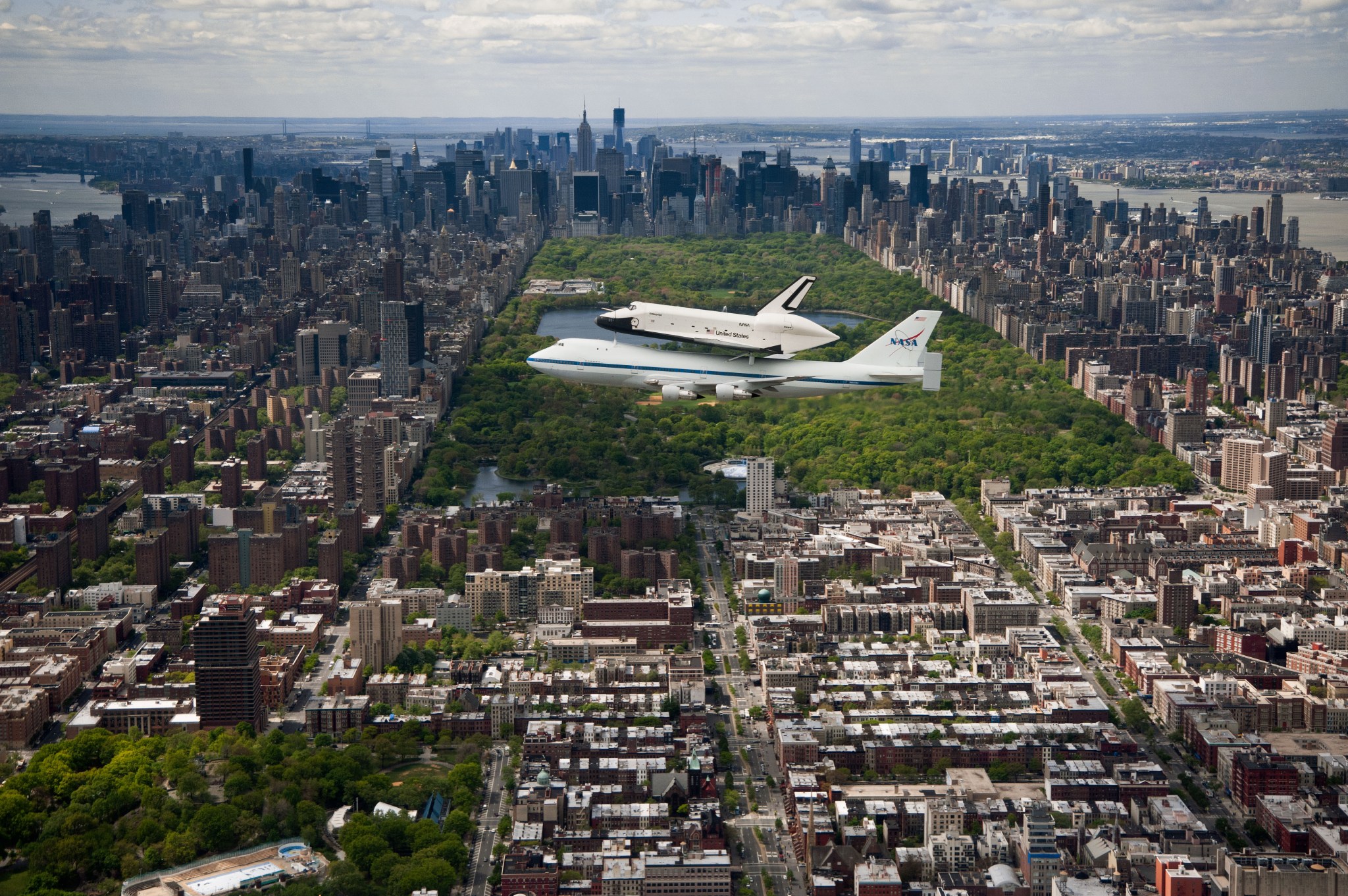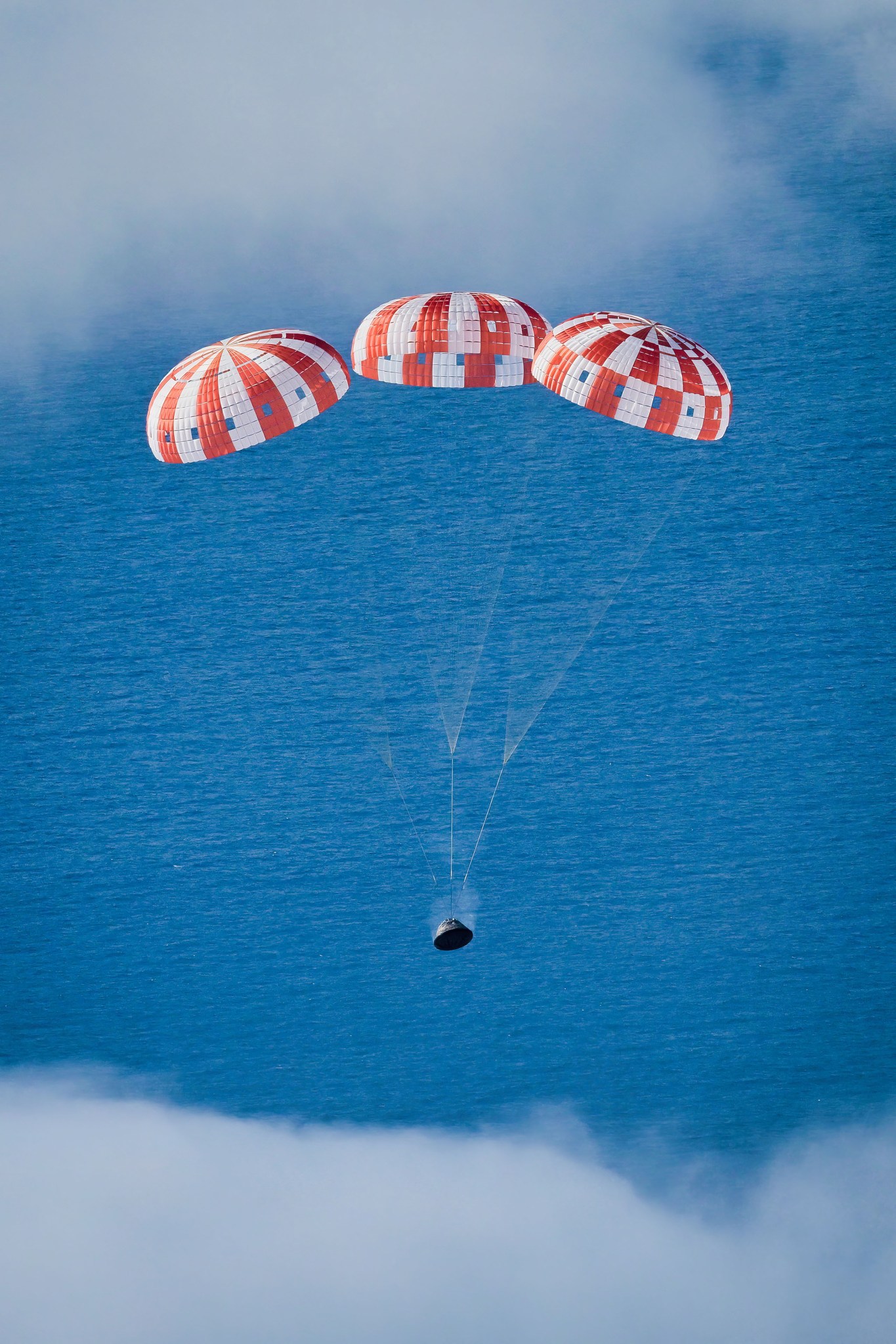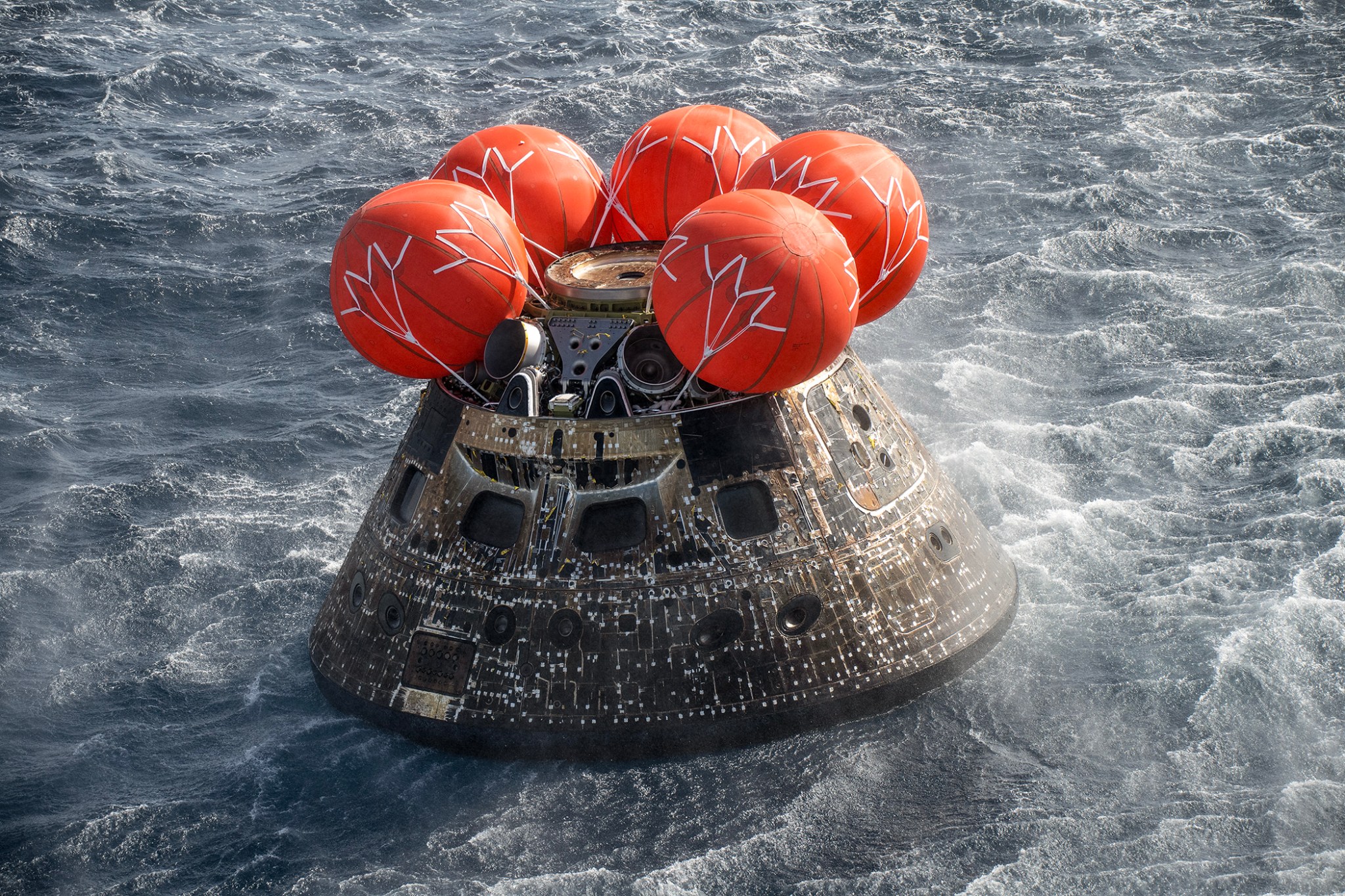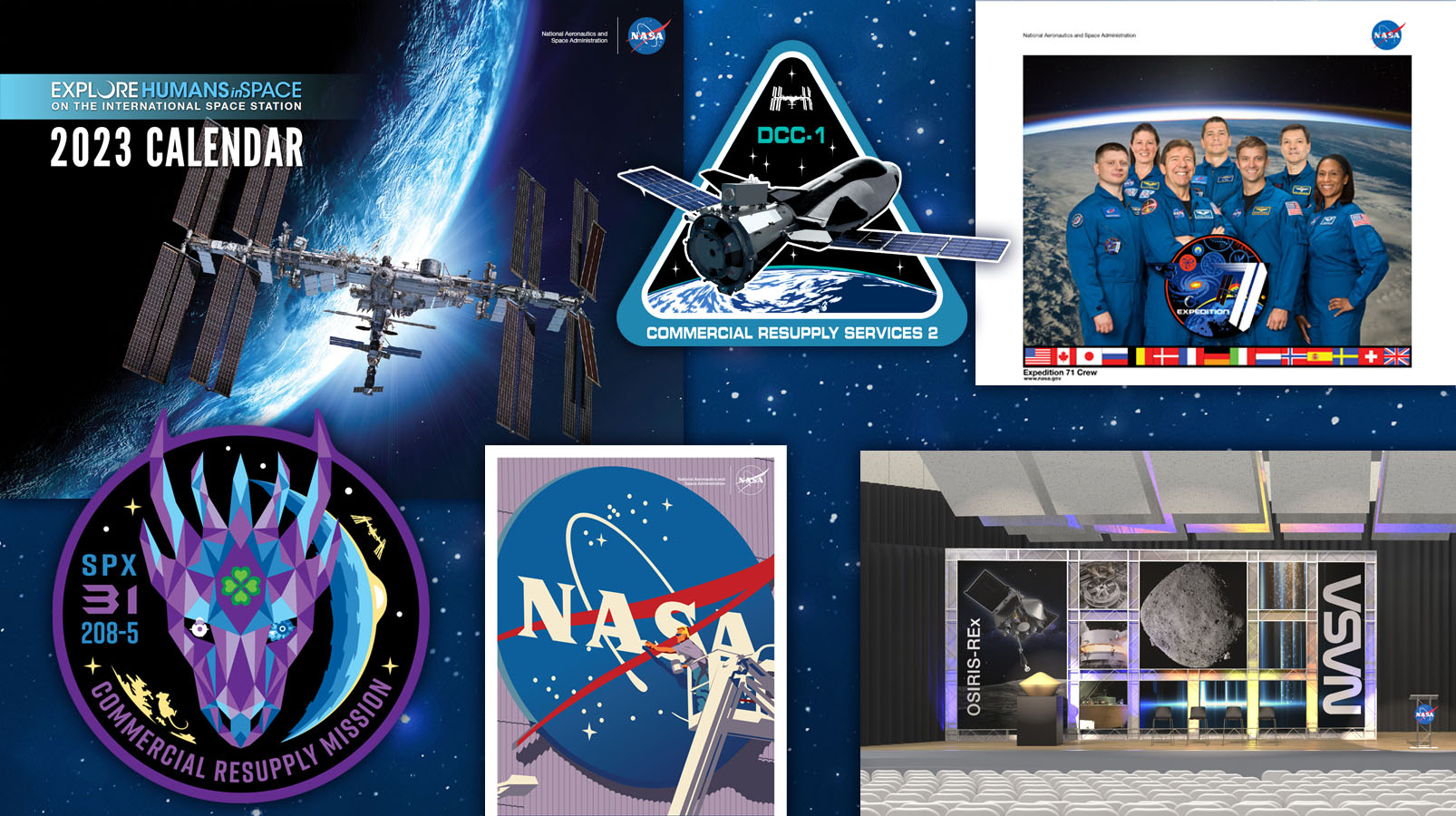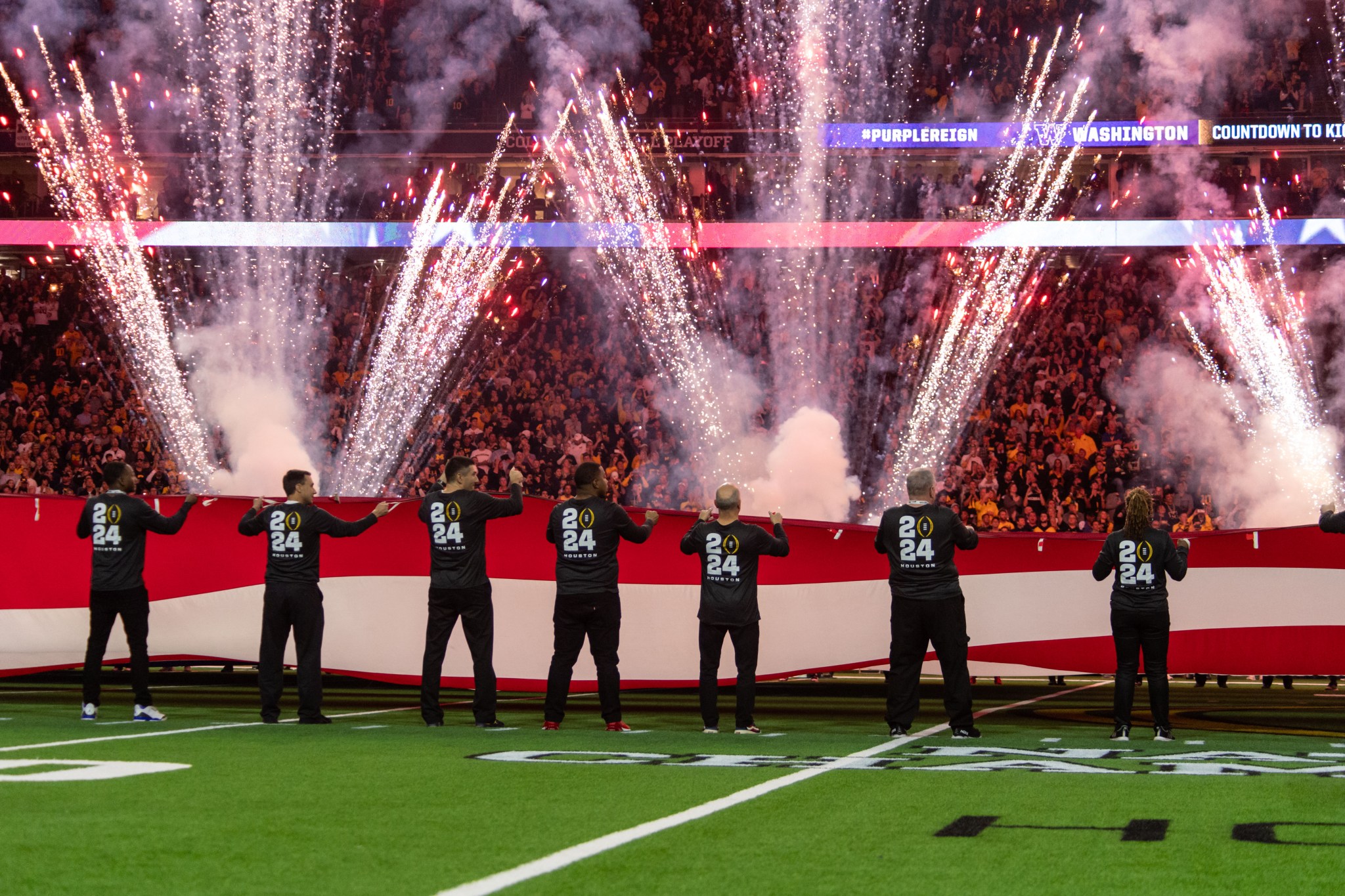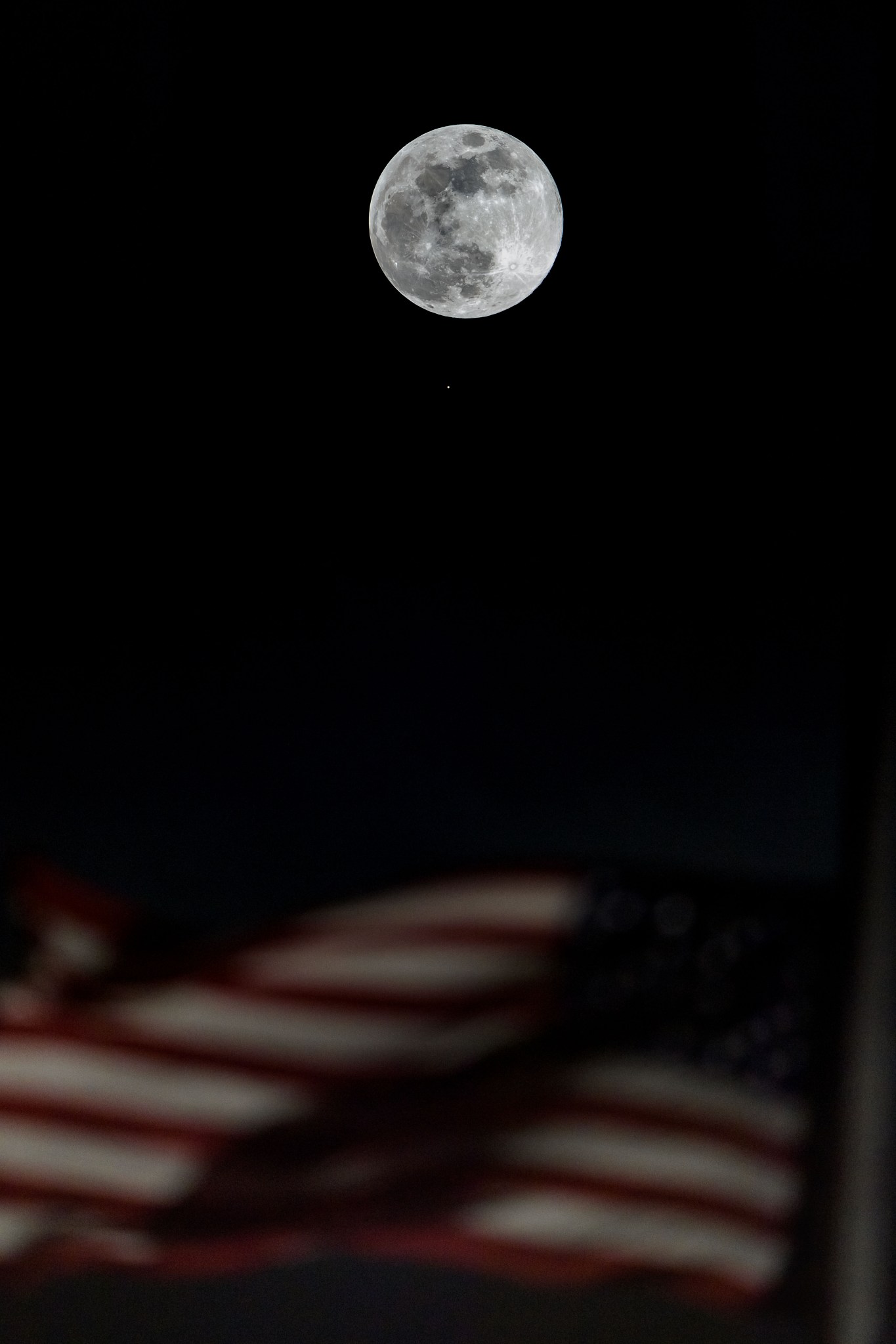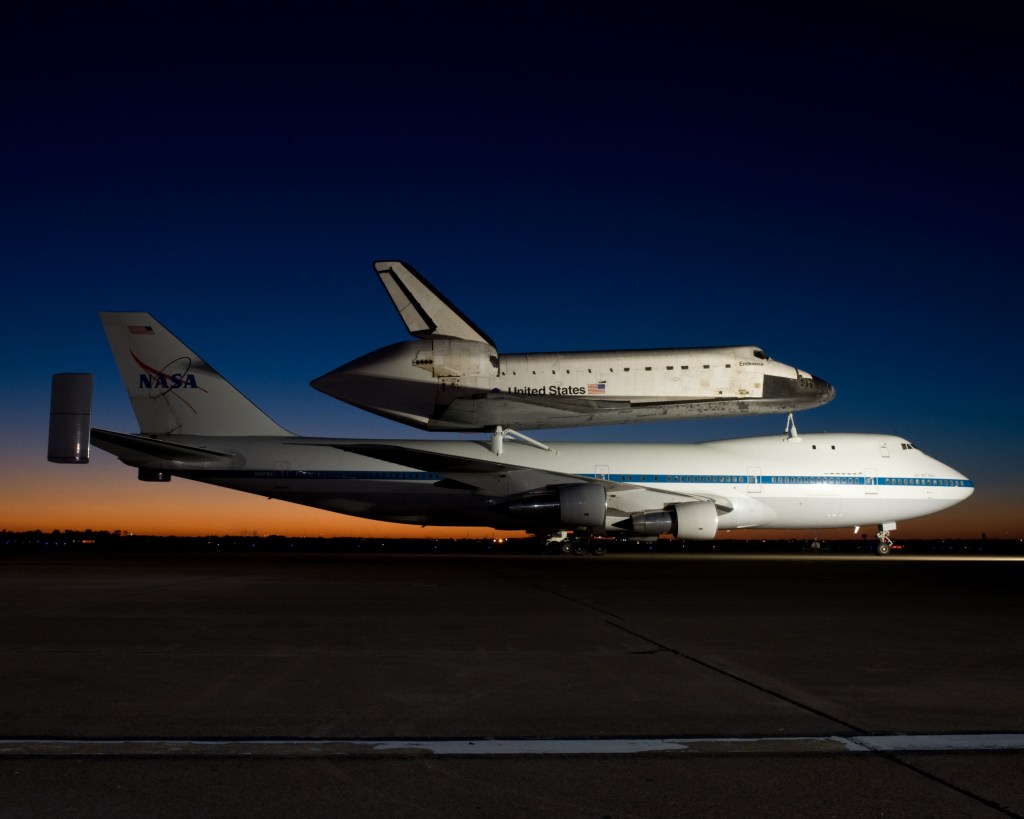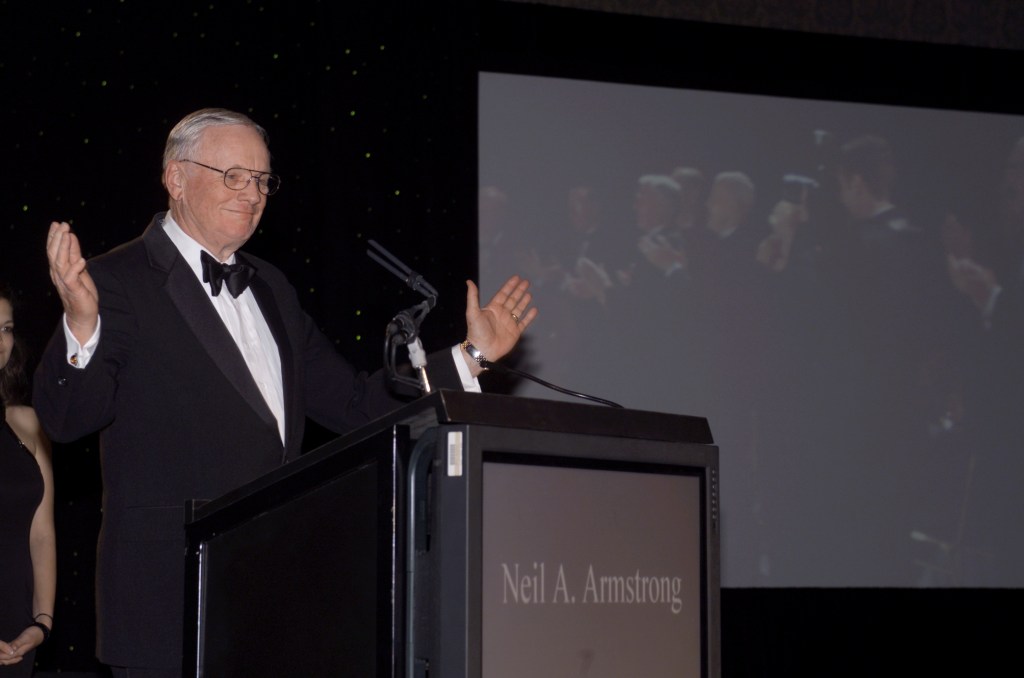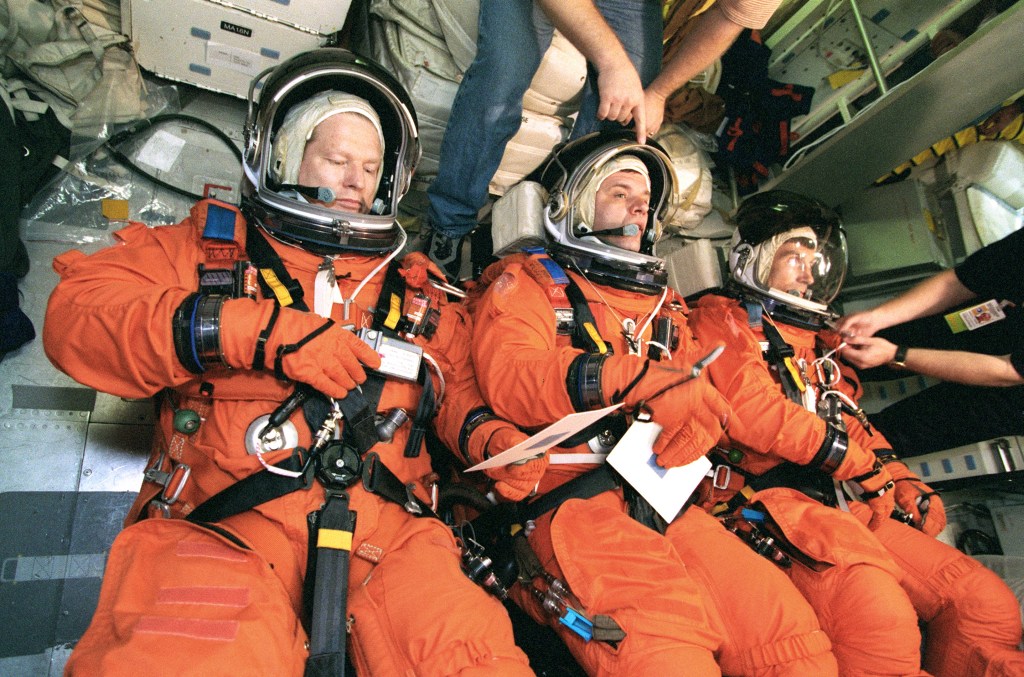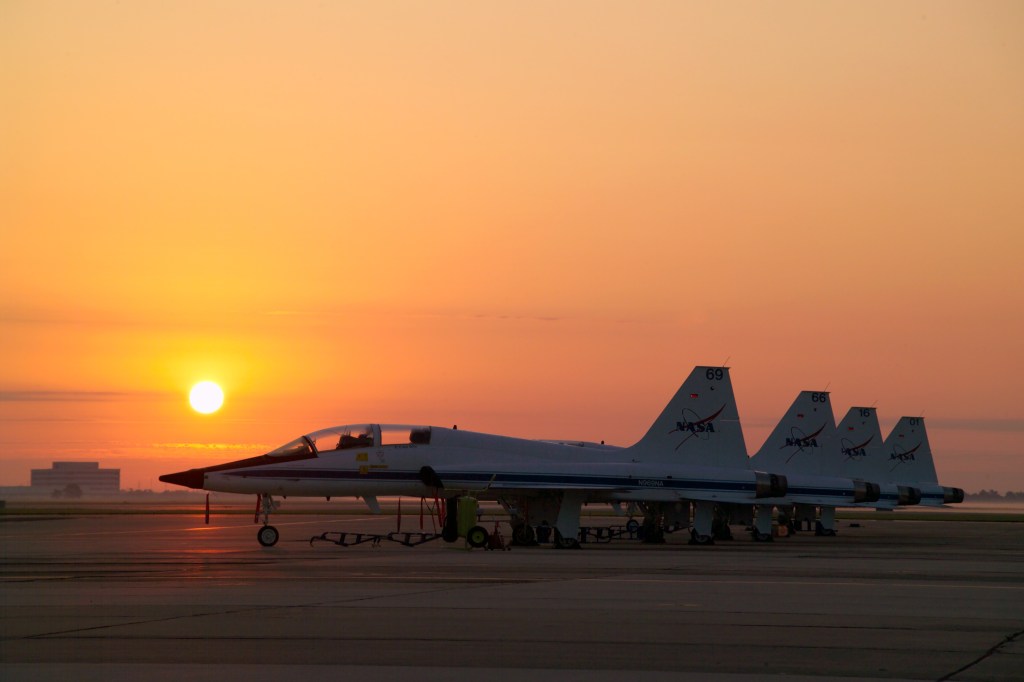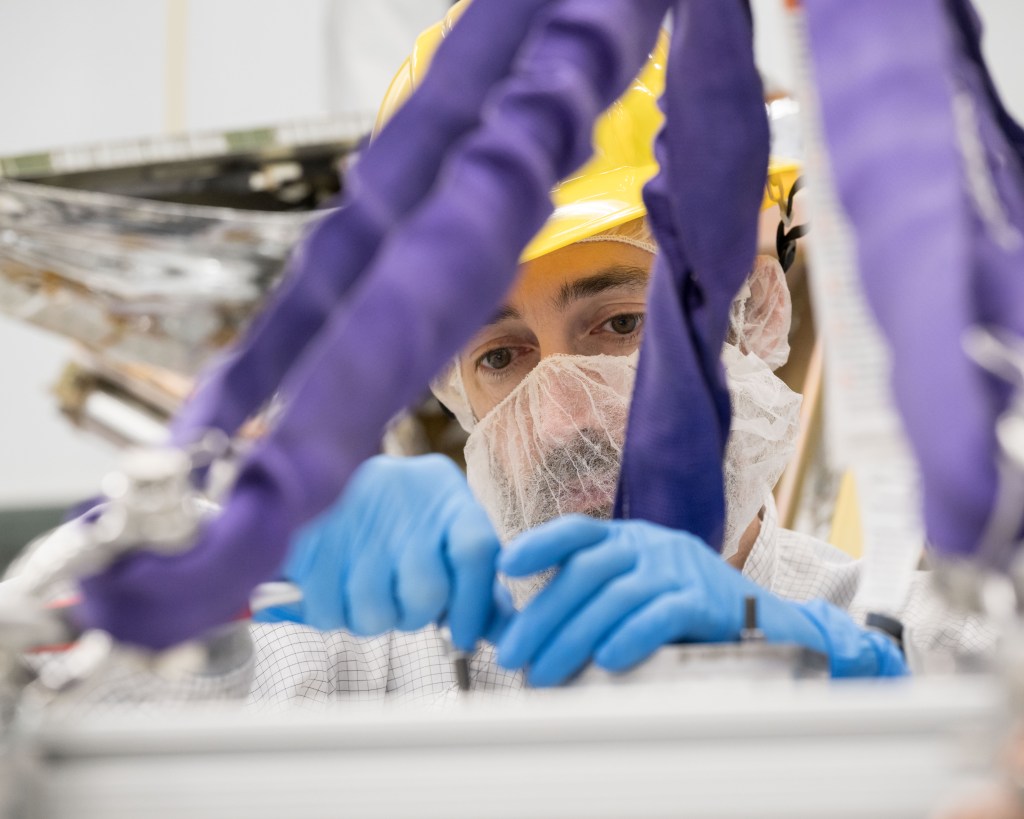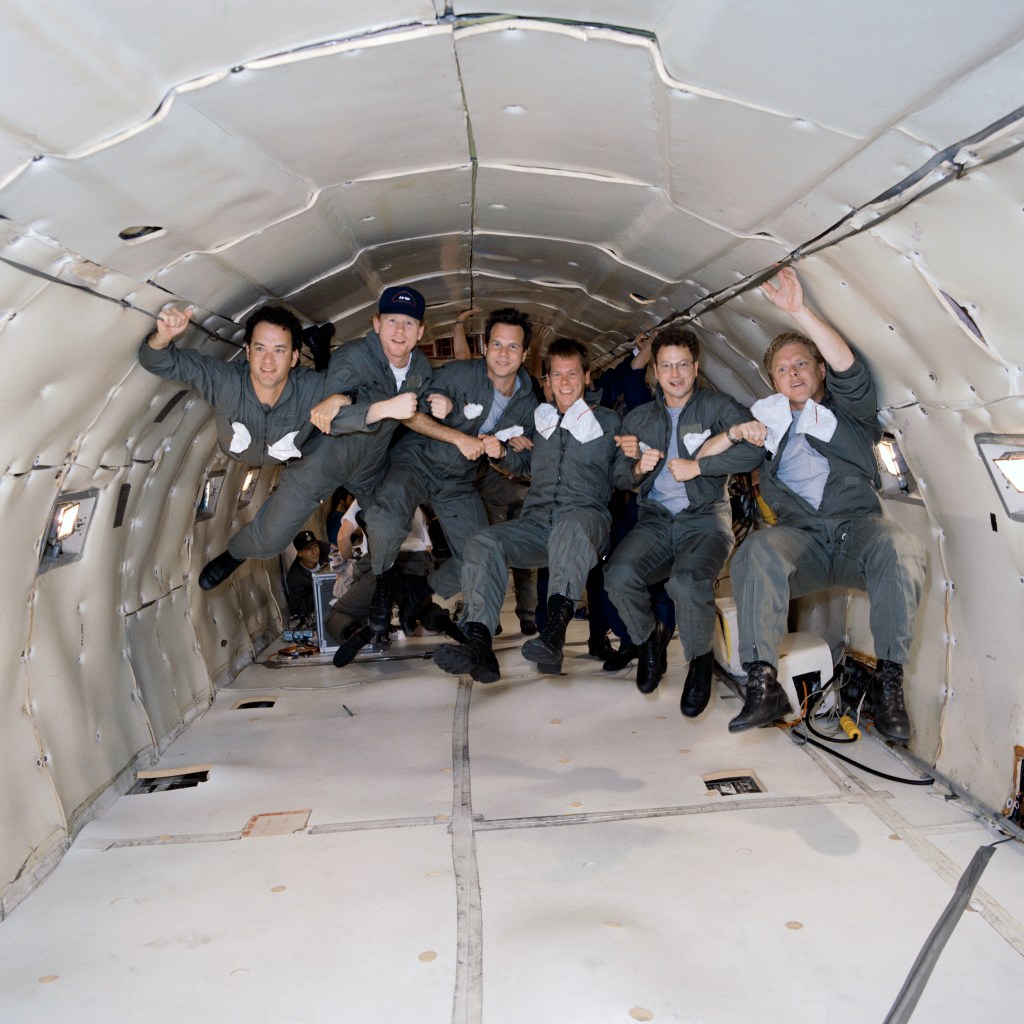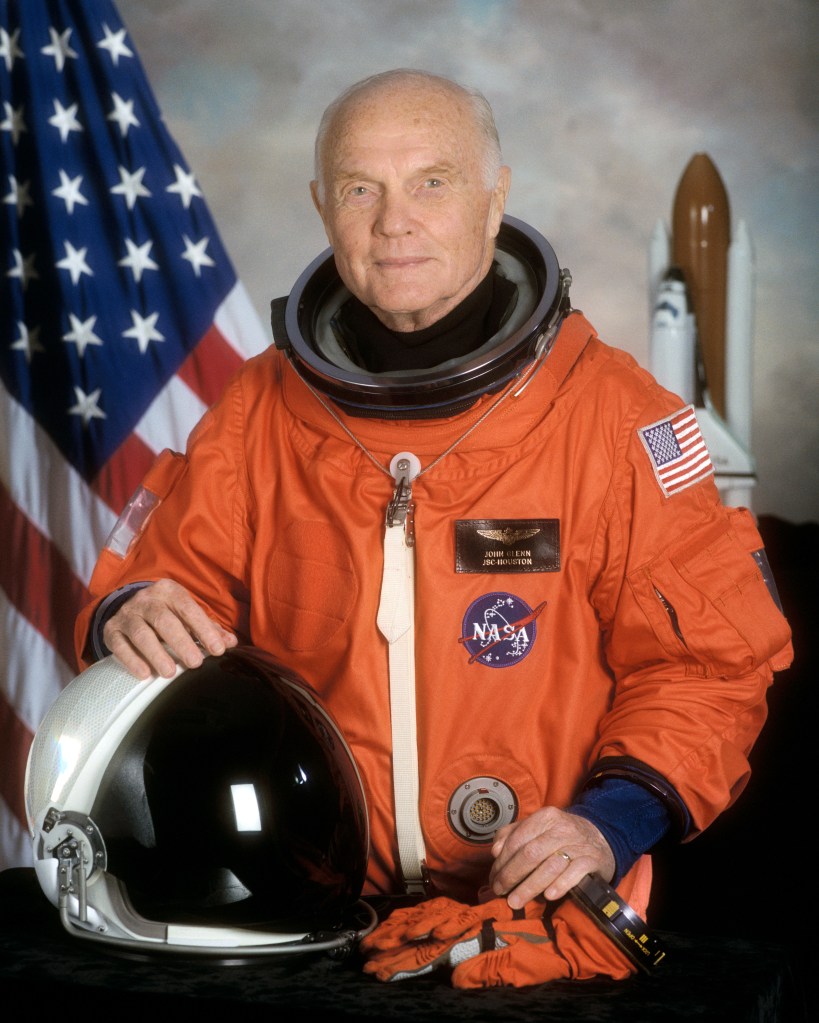In the heart of NASA’s Johnson Space Center in Houston, a team of photographers, imagery acquisition specialists, analytic scientists, and graphic designers work together to create visual narratives that capture the defining moments of space exploration with creativity and precision.
From the Apollo missions to the Artemis campaign, these images, videos, and graphics chronicle NASA’s rich history and the people behind its monumental missions.
Each team at Johnson within Mission Imagery, the Image Science and Analysis Group, and NASA’s Office of Communications plays a role in this effort, ensuring the accuracy and artistry of visual narratives that have inspired generations.
“Behind every great leap for mankind, there is the courage, determination, and teamwork of people committed to pushing the boundaries of what’s possible,” said NASA photographer Josh Valcarcel.
“We consider ourselves exceptionally fortunate to contribute our passion to an esteemed agency, aiming to evoke joy and enduring memories through our imagery,” said NASA photographer Robert Markowitz.
Operating eight camera systems, the imagery acquisition group captures a range of visuals, from HD video and high-speed digital motion pictures to spherical 360 panoramas. These visuals document everything from engineering tests to astronaut training and mission control operations. The team is certified to fly on parabolic flights, T-38 jets, and helicopters, capturing pivotal moments in space exploration history.
“The duty to bear witness to events or conversations and preserve these moments in time – not only for those who cannot, but for the record books – is a noble cause,” said NASA photographer Helen Arase Vargas.
After capturing the imagery, the photo operations team processes these visuals using advanced software to enhance quality, perform color correction, and ensure they meet NASA’s high standards. Every frame is meticulously archived, including photos taken by astronauts aboard the International Space Station, preserving them for future generations.
“None of what we deliver would be possible without the work of the photo laboratory,” said Mark Sowa, the imagery acquisition group lead who brings over three decades of experience in scientific photography to his role.
The team also manages the care and handling of original Apollo mission films, which are preserved in a specially built cold storage vault. The goal is to preserve Apollo era spaceflight films – in both the digital and physical formats – for generations to come.
The Image Science and Analysis Group is charged with a different but equally critical mission. This team of scientists performs complex and in-depth analysis of engineering imagery. Their work involves evaluating space vehicle performance, dynamic events, and anomalies by measuring distances, sizes, motion, and hardware conditions to uncover crucial mission insights.
Their data visualization techniques bring these analyses to life, contributing to successful mission execution.
“At NASA we often say ‘the camera is the mission’ because in every image, there’s a story to be told – whether it’s one of engineering analysis or human inspiration,” said Dr. Kenton Fisher, the Image Science and Analysis Group lead. “Our work helps ensure crew safety and provides insights that drive the next giant leap in space exploration.”
NASA’s Office of Communications graphics team works closely with the imagery acquisition group, astronauts, and subject matter experts to create visuals that symbolize NASA’s missions and values.
From patches to educational infographics, their art reaches museums and schools nationwide, inspiring future generations and showcasing NASA’s commitment to exploration, innovation, and education.
“Every design we create is a piece of a larger narrative, helping to tell the story of space exploration in a way that’s engaging and accessible to everyone,” said Sean Collins, Johnson’s lead graphic designer.
The collaborative efforts of these teams ensure that NASA’s achievements are not just recorded but celebrated worldwide.
NASA photographer Bill Stafford recalls a moment of awe when capturing the Moon juxtaposed with the U.S. flag above the Mission Control Center, a symbol of America’s space achievements.
“I feel a weight because my job is important,” he said. “I want people to look at my pictures and see what I was able to see.”



























